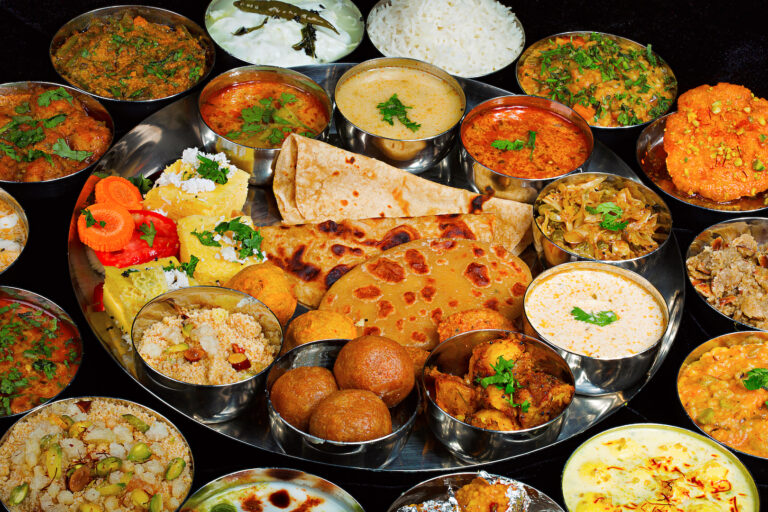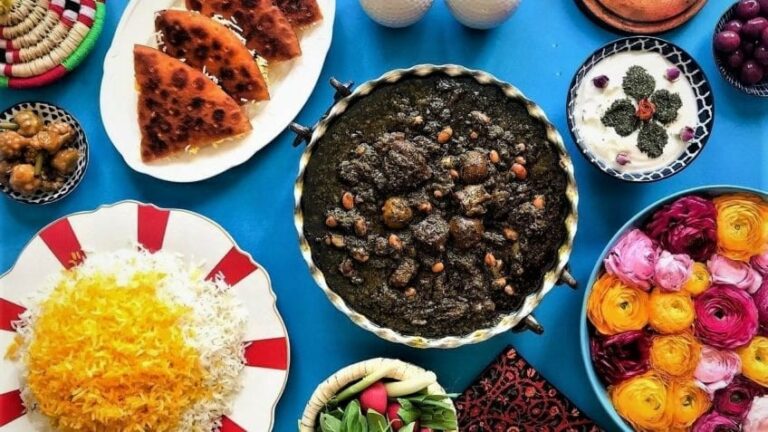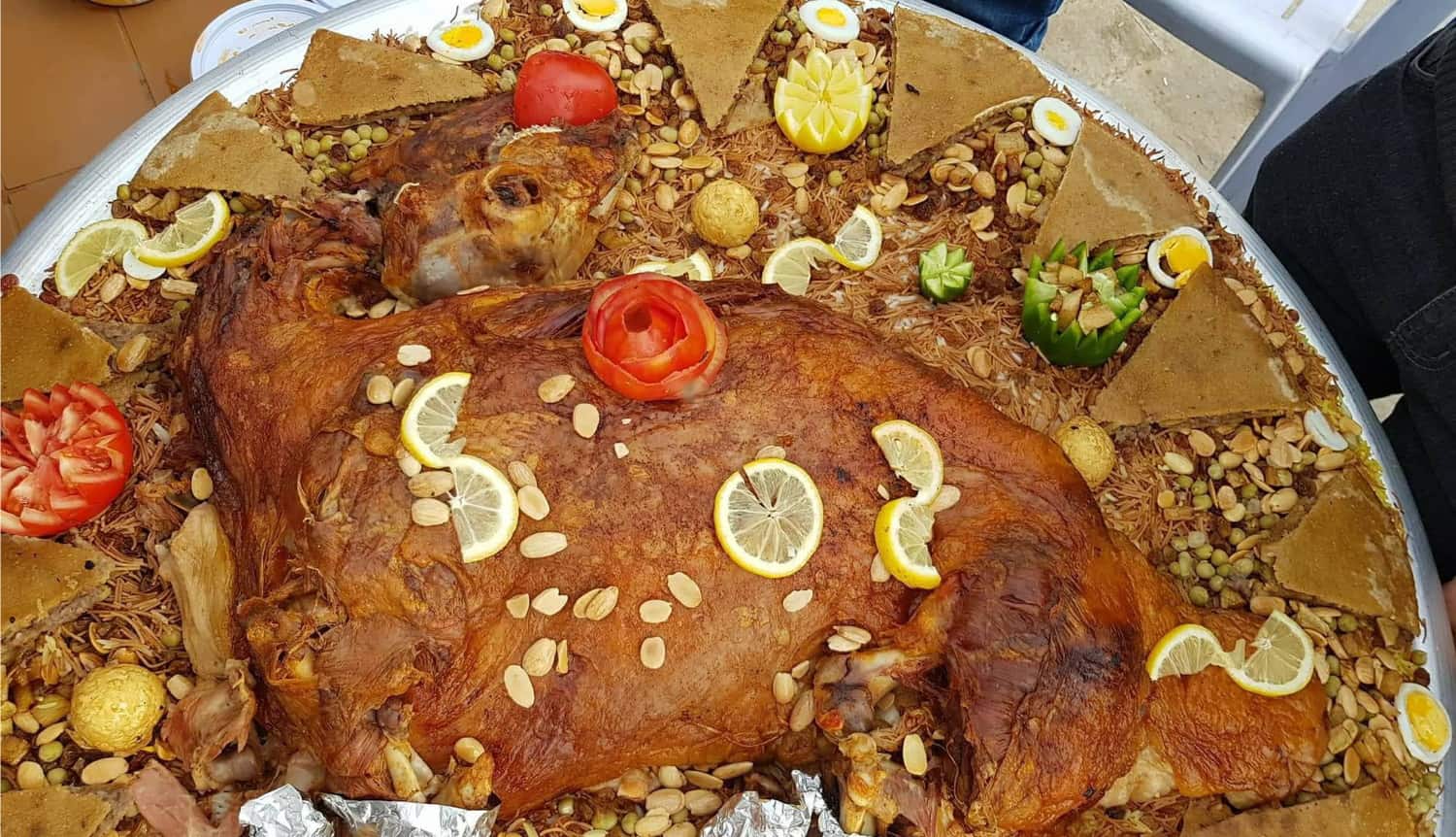Introduction: Indian Cuisine and Its Bread Culture
Indian cuisine is known for its rich flavors and spices that reflect the country’s diverse culture and history. Bread is an essential part of Indian cuisine, and various types of bread are consumed throughout the country. Indian breads are different from western bread in terms of texture, flavor, and preparation. Indian bread is often made with wheat flour, dry spices, and sometimes stuffed with vegetables or meat. The bread culture in India is diverse, with each region of the country having its unique bread specialties.
Naan: The Popular Flatbread of India
Naan is a popular flatbread in Indian cuisine that is oven-baked and often served with curries or kebabs. Naan is made with refined flour and yogurt and is traditionally baked in a tandoor, a clay oven. Naan can be flavored with garlic, cheese, and sometimes stuffed with vegetables or minced meat. Naan is soft, fluffy, and slightly chewy, making it the perfect accompaniment to Indian curries.
Roti/Chapati: The Traditional Flatbread
Roti or Chapati is a traditional flatbread in India that is consumed on a daily basis. Roti is made with whole wheat flour and water and is cooked on a flat griddle. Chapati is similar to roti but is made with refined flour and is often rolled out thinner than roti. Roti or chapati is a staple food in India and is consumed with dals, curries, and vegetables.
Paratha: The Flaky and Layered Flatbread
Paratha is a flaky and layered flatbread in Indian cuisine that is made with wheat flour and oil. Paratha is similar to a croissant in terms of texture and is often stuffed with vegetables, spices, or minced meat. Paratha is often served for breakfast in India and is consumed with curries or yogurt.
Poori: The Deep-fried Flatbread
Poori is a deep-fried flatbread in Indian cuisine that is made with wheat flour and is often served with potato curry or chole (chickpea curry). Poori is similar to a puffed pastry, and its texture is crispy on the outside and soft on the inside.
Bread Varieties: Regional and Seasonal Specialties
Apart from the popular bread like Naan, Roti, Paratha, and Poori, Indian cuisine has a wide variety of regional and seasonal bread specialties. For instance, Kulcha is a popular bread in North India similar to Naan, but it is made with maida flour and stuffed with paneer or potatoes. Litti Chokha is a popular bread in Bihar and Jharkhand, made with sattu (gram flour) and served with chokha (mashed potato and brinjal). Bhakri is a flatbread consumed in Maharashtra, made with jowar or bajra flour. Additionally, during seasons like winter, various types of bread made with millet flour, sesame seeds, and peanuts are consumed in different parts of India.
In conclusion, bread is an essential part of Indian cuisine, and various types of bread are consumed throughout the country. Each region of the country has its unique bread specialties that reflect the diversity of Indian culture and cuisine. Whether it’s a fluffy Naan or crispy Poori, Indian bread is a must-try for anyone looking to explore the rich and diverse flavors of Indian cuisine.





